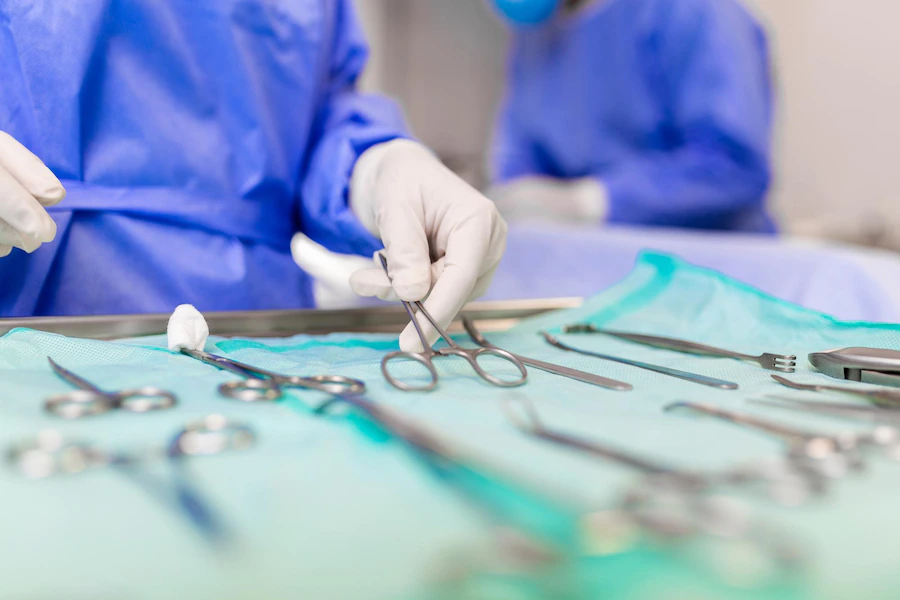Fissures
Anal fissures are tears that occur in the membranes on the inside and around the anus. They are often brought on by health issues or trauma to the anal canal. Examples include childbirth, passing hard stools, constipation, frequent diarrhea or inflammatory bowel disease. While most anal fissures are not serious and eventually heal on their own, but some cause chronic symptoms and do not improve with time.

